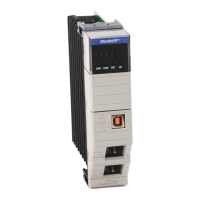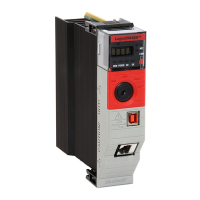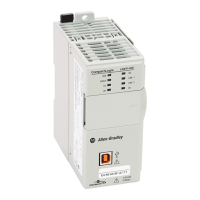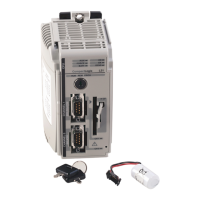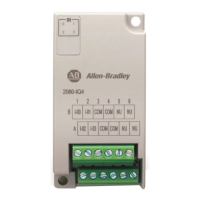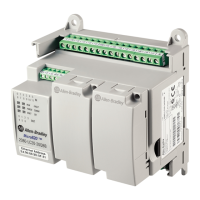Table of contents
6 Rockwell Automation Publication 1756-PM020F-EN-P - January 2019
Chapter 2
How tags are organized in the controller ...................................................... 41
Symbol object ......................................................................................... 42
Template object ...................................................................................... 42
Create and maintain a symbol object list ...................................................... 44
Step 1: Find user-created controller scope tags in a Logix 5000 controller . 45
Retrieve all symbol object instances ...................................................... 45
Example of retrieving the first group of tags ......................................... 46
Analysis .................................................................................................. 47
Continue the retrieval process.......................................................... 47
Step 2: Isolate user-created tags from system tags/identifying structured
tags ................................................................................................................ 49
Symbol Type Attribute ........................................................................... 49
Eliminate tags by applying rules ...................................................... 50
Step 3: Determine the structure makeup for a specific structure .................. 51
Example of reading template attributes .................................................. 52
Analysis .................................................................................................. 53
Structure data format ....................................................................... 54
Contents of the member information ............................................... 54
Example of retrieving member information .................................... 55
Example ........................................................................................... 55
More about BOOLS in UDTs .......................................................... 57
Step 4: Determine the data packing of the members of a structure when
accessed as a whole ...................................................................................... 57
Example of reading an entire structure ................................................... 58
Step 5: Determine when the tags list and structure information need
refreshing ...................................................................................................... 59
How to detect changes ............................................................................ 59
Chapter 3
Atomic Members of Predefined Data Types ................................................ 63
Example 1 (Symbolic Segment Addressing Method) ............................ 63
Example 2 (Symbol Instance Addressing Method) ................................ 64
Example 3 (Symbolic Segment Addressing Method) ............................ 64
Example 4 (Symbolic Segment Addressing Method) ............................ 65
Example 5 (Symbol Instance Addressing Method) ................................ 65
Example 6 (Symbolic Segment Addressing Method) ............................ 66
Example 7 (Symbolic Segment Addressing Method) ............................ 67
Example 8 (Both Addressing Methods) ................................................. 67
Example 9 (Both Addressing Methods) ................................................. 68
Example 10 (Symbolic Segment Addressing Method) with BOOLs ..... 68
Access User-Defined Structures ................................................................... 69
Example 1 ............................................................................................... 70
Example 2 ............................................................................................... 70
Example 3 ............................................................................................... 71
Example 4 ............................................................................................... 71
Example 5 ............................................................................................... 72
Example 6 ............................................................................................... 73
CIP Services and User-created
Tags
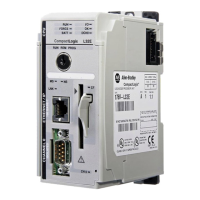
